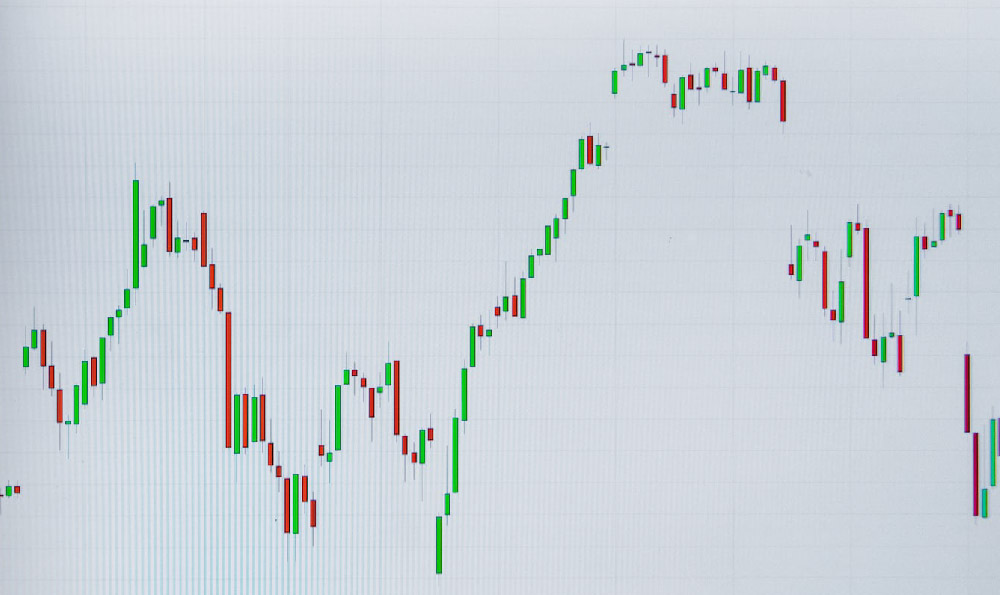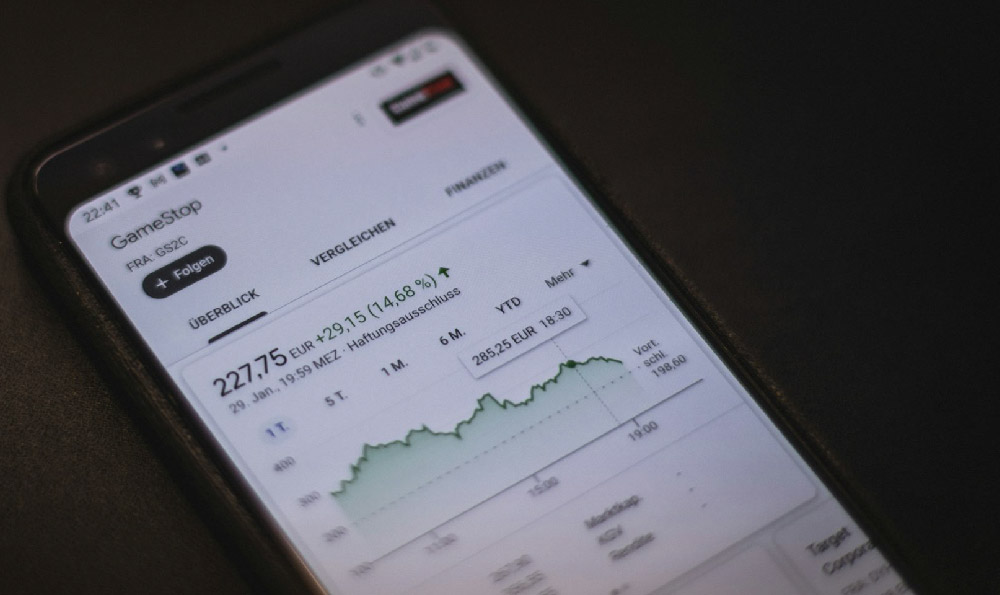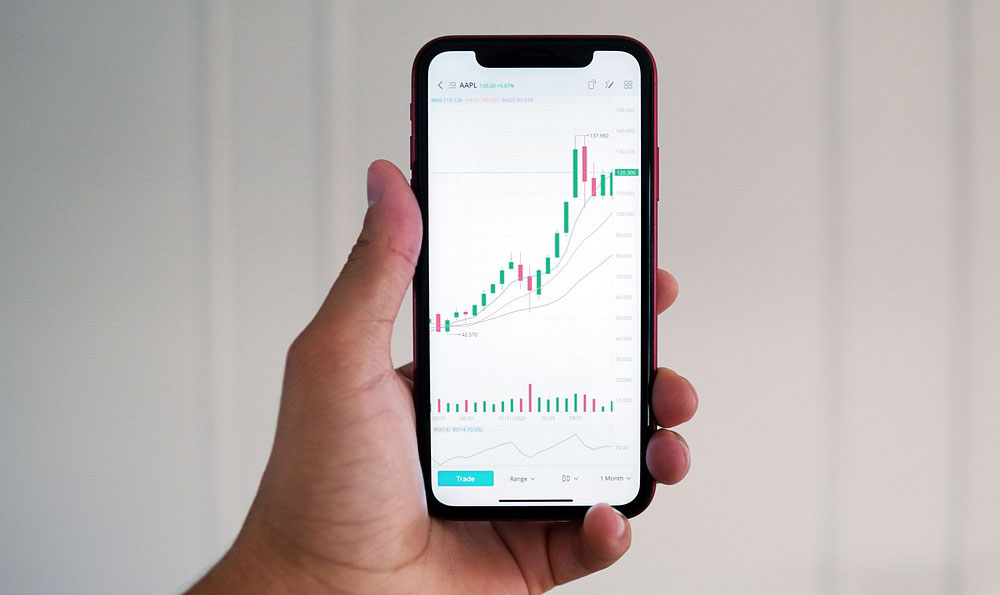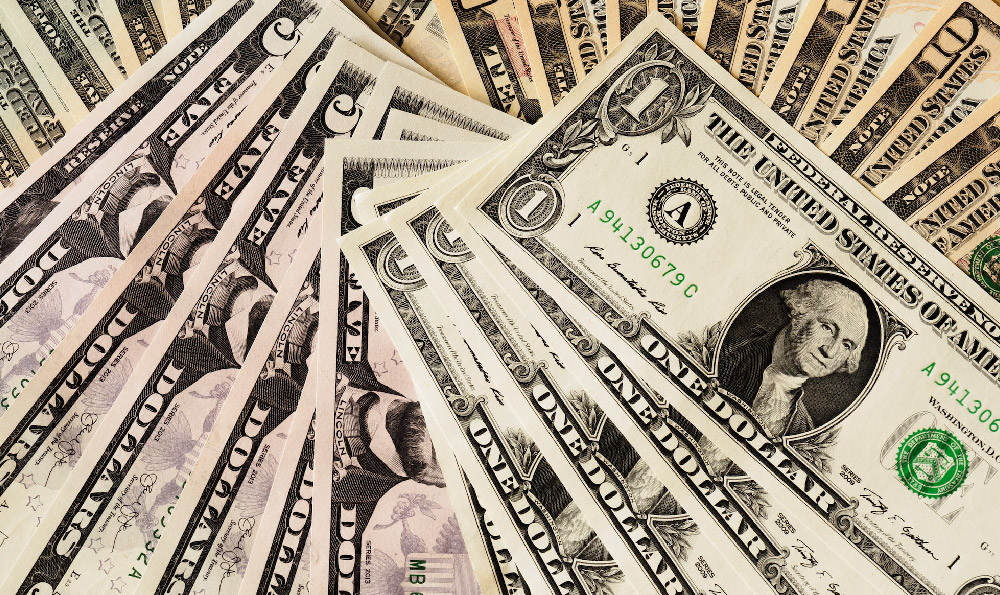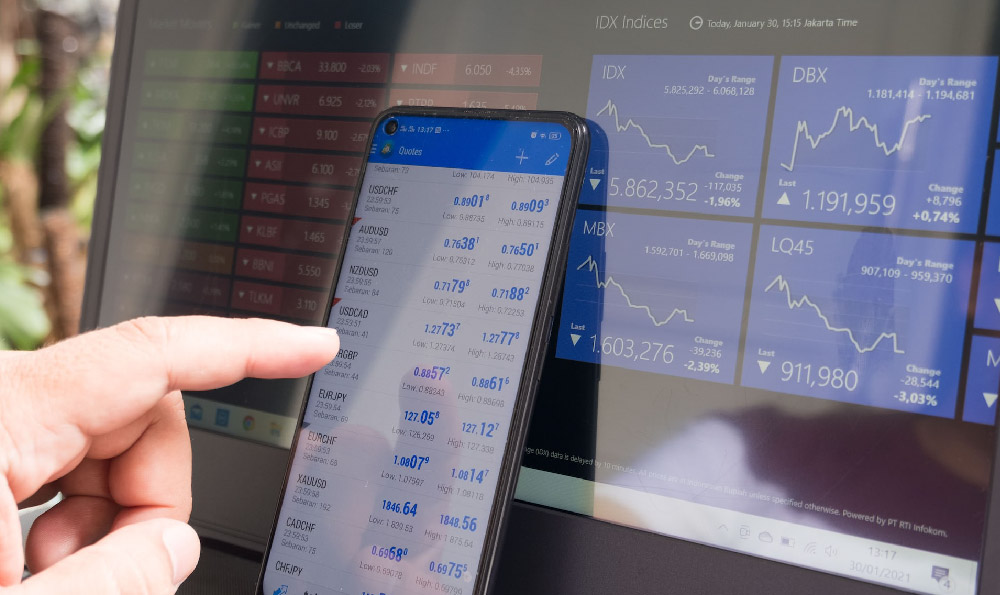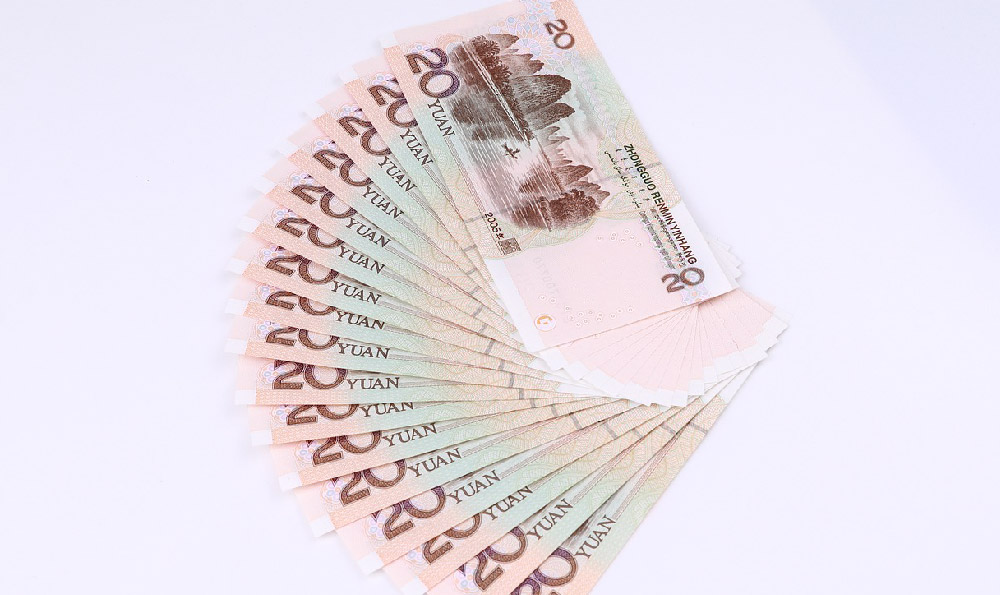The allure of a spectacle involving a boxing legend like Mike Tyson reigniting his competitive spirit against a contemporary celebrity boxer like Jake Paul is undeniably strong. It draws attention from sports fans, casual viewers, and potential investors alike. Predicting the precise financial windfall for Tyson, and subsequently assessing the “worthiness” of the endeavor, involves navigating a complex web of revenue streams and risk-reward considerations.
Estimating Tyson's earnings requires a deep dive into the likely revenue drivers. Pay-per-view (PPV) sales are the primary engine of income for such events. Historical data from similar crossover boxing matches, coupled with the promotional power behind this specific fight, helps paint a picture. A conservative estimate would place the PPV buys somewhere between 1.5 million and 2.5 million. Considering a PPV price point in the $60-$80 range, the gross revenue generated could range from $90 million to $200 million.
However, this figure needs to be significantly adjusted to account for various deductions. Distribution fees claimed by broadcasters, production costs associated with staging the event, marketing and advertising expenses, and sanctioning body levies all contribute to eating into the initial revenue pool. Sponsorship deals represent a vital supplementary income stream. Given the profile of both Tyson and Paul, and the anticipated reach of the event, securing lucrative sponsorship contracts with brands eager to align themselves with the spectacle is highly probable. The specifics of these agreements will remain confidential, but conservatively, sponsorship revenue could range from $20 million to $50 million.

Merchandise sales – ranging from fight-related apparel to commemorative items – also contribute to the overall revenue. While not as significant as PPV or sponsorships, merchandise sales can still generate a sizable profit, particularly given the established brands of both fighters. Estimates for merchandise revenue could realistically be between $5 million and $15 million.
After deducting all these expenses, the remaining profit is then split between the fighters. The precise split is subject to negotiation and will likely reflect the perceived draw and bargaining power of each participant. In a scenario where Tyson holds considerable sway (given his legendary status), a split favoring him, perhaps in the region of 60-40 or even 70-30, is not unreasonable. Applying these percentages to the net profit remaining after the aforementioned deductions provides an approximate estimate of Tyson's potential earnings.
Taking into account various scenarios, encompassing low, medium, and high PPV buy rates, reasonable sponsorship revenue, and a favorable (65-35) split, Tyson's potential earnings could reasonably fall anywhere between $30 million and $100 million. The higher end of this range necessitates a substantial PPV performance, robust sponsorship acquisition, and efficient cost management.
The "worthiness" of the fight, however, transcends pure monetary gain. For Tyson, it involves a complex interplay of legacy considerations, physical risks, and potential reputational repercussions. While the financial incentive is undoubtedly a draw, the decision to step back into the ring at his age carries inherent risks. The physical demands of training and competing, even in a potentially modified format, can place a significant strain on his body. A serious injury could have lasting consequences.
Beyond the physical aspect, there's the matter of legacy. A subpar performance, especially against a much younger and less experienced opponent, could tarnish his hard-earned reputation. The risk of being perceived as a faded version of his former self is a significant concern. However, a strong showing, even in a loss, could cement his status as an enduring icon of the sport.
For Jake Paul, the equation is simpler. Fighting a legend like Tyson elevates his profile and provides invaluable experience. Win or lose, the association with Tyson lends him credibility and validates his boxing ambitions. The financial rewards are considerable, and the potential for further career advancement is significant.
Ultimately, the “worthiness” of the fight is a subjective assessment. For Tyson, it hinges on carefully weighing the financial rewards against the physical risks and potential reputational damage. He needs to assess whether the potential benefits outweigh the inherent drawbacks. He has to gauge his physical readiness, manage expectations effectively, and ensure that the fight is conducted in a manner that minimizes the risk of serious injury. A smart training regimen, an astute fight strategy, and a clear understanding of the stakes are crucial.
For spectators and investors, the worthiness lies in the entertainment value and potential financial returns. The novelty of seeing Tyson back in the ring against a controversial figure like Paul generates significant buzz, making it a compelling spectacle. However, responsible viewing and investing require a balanced perspective, recognizing the potential risks involved for all parties. The hype should not overshadow the realities of age, physical limitations, and the inherent dangers of combat sports.


